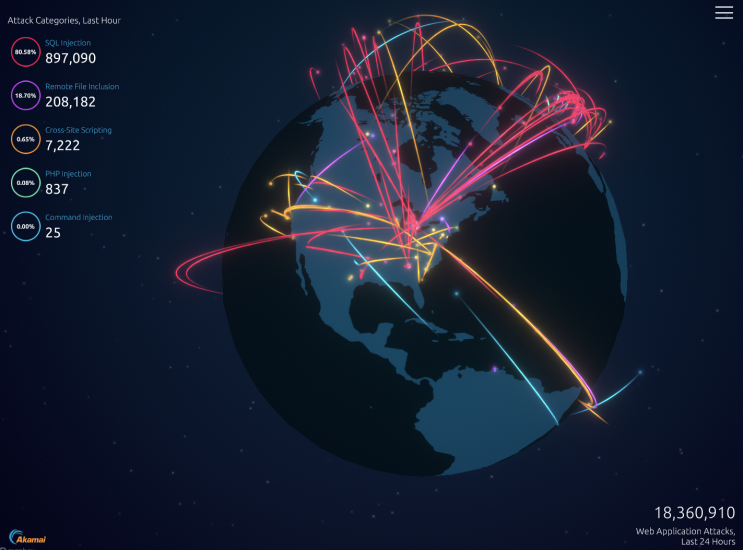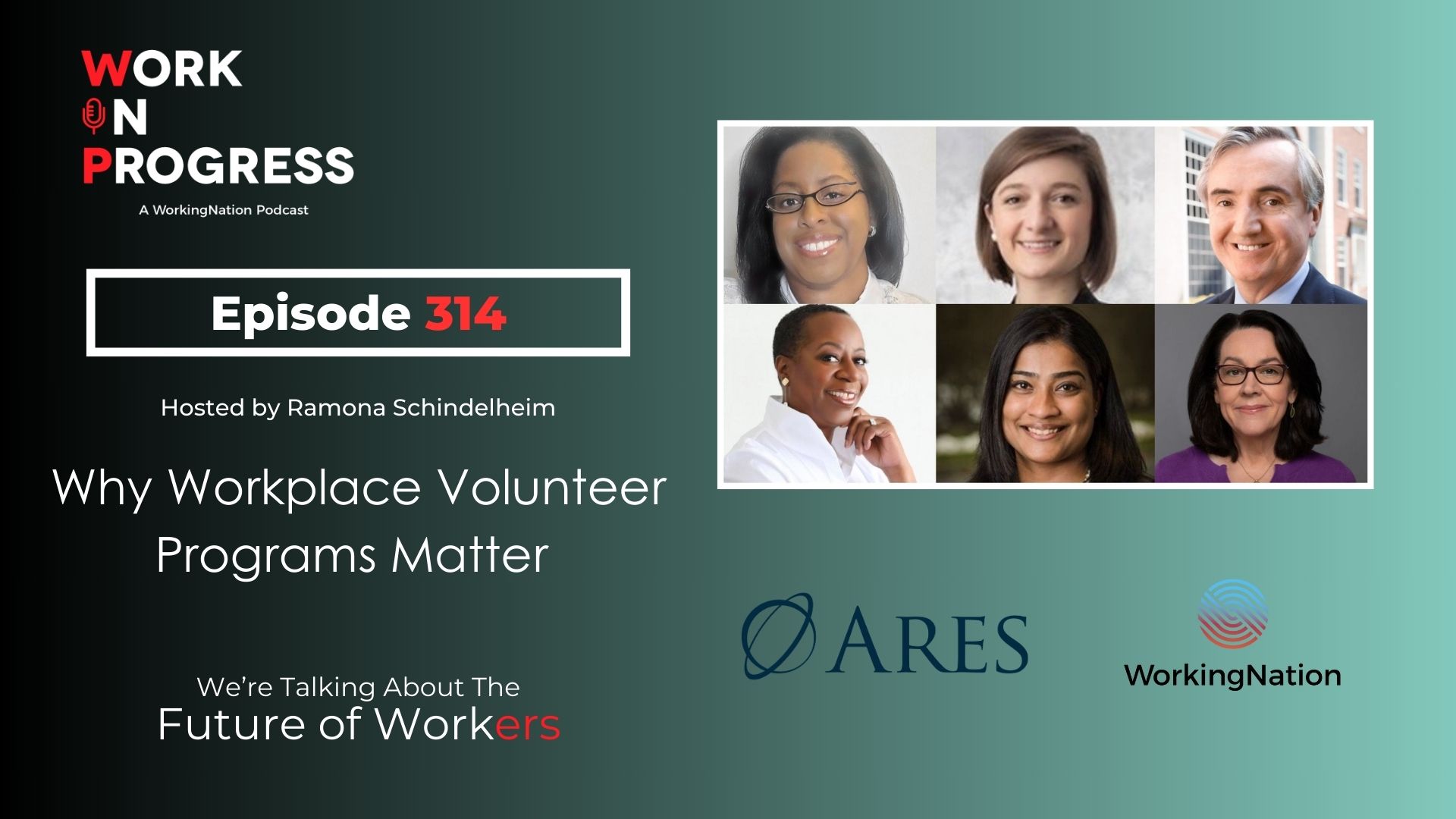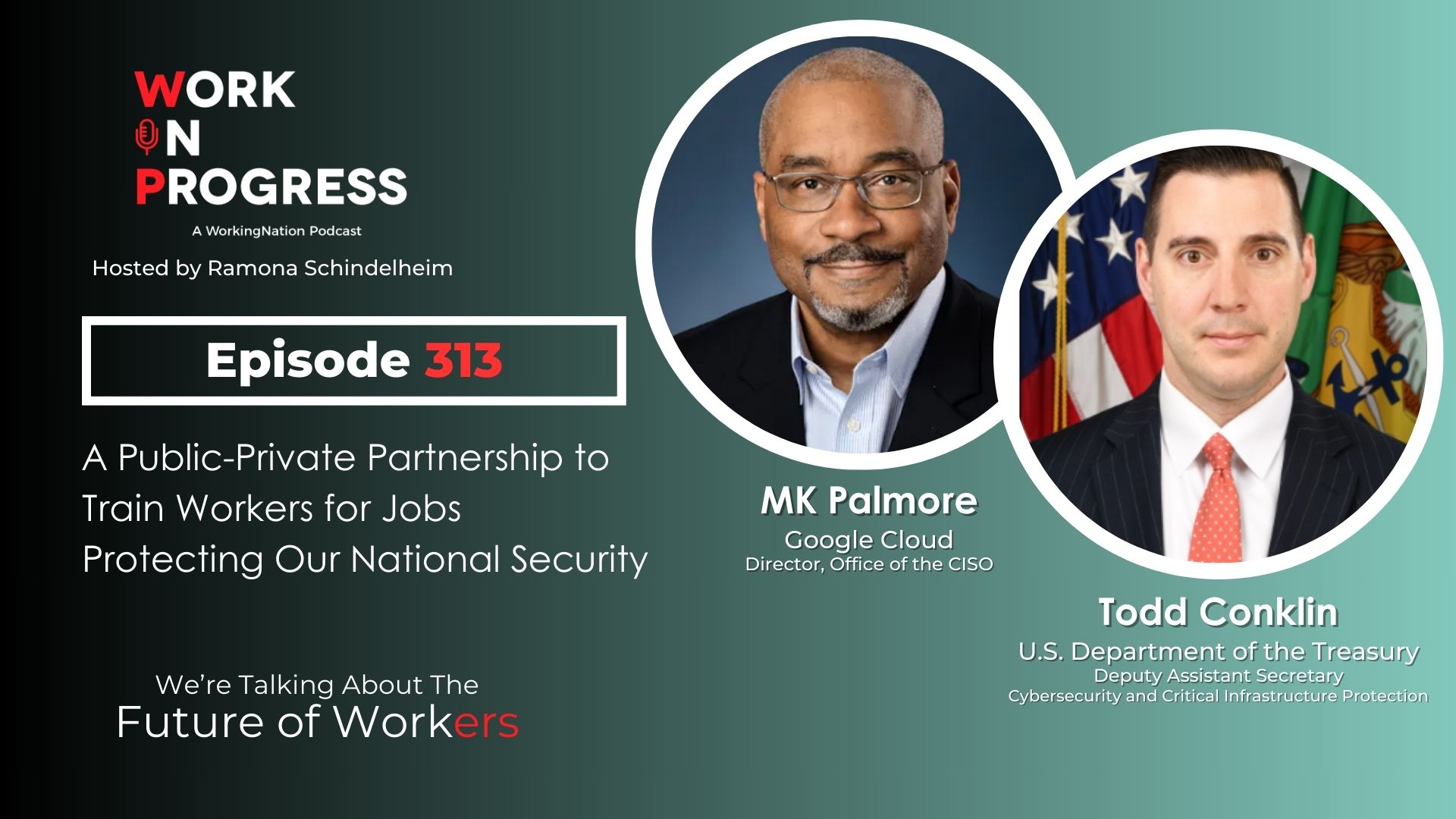WorkingNation is highlighting the talent gap in cybersecurity ahead of our Town Hall event: Cracking the Code: Bridging the Cybersecurity Skills Gap on June 26. RSVP today to attend this informative discussion featuring leading cybersecurity experts.
Cybersecurity incidents top the list of the most critical threats to the federal government, to businesses and individuals. The threat is massive, and the need for cybersecurity experts is just as significant. The problem is there are not enough experts to go around.
“Every aspect of what we do today depends on the internet, and there are just so many potential attack factors,” according to Dr. Tom Leighton, CEO and Co-founder of Akamai Technologies. “Cybersecurity is a field that’s just moving very quickly, and there’s a huge shortage of experts out there.”
Cybersecurity is a concern for every business in every field, and demand is outpacing the supply. Last year, according to Cyberseek, there were more than 780,000 people working in cybersecurity jobs in the United States. However, more than 350,000 positions were unfilled.
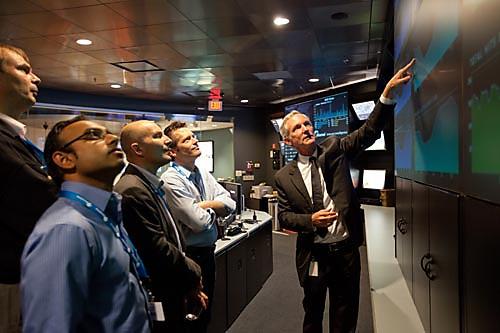
An analysis of that skills gap by Cybersecurity Ventures predicts that cybercrime will triple the number of job openings over the next five years, and by 2021 there will be more than 3.5 million jobs available worldwide.
This is where Akamai comes in. “Akamai makes the internet fast, reliable and secure,” says Leighton. The company was born 20 years ago when Leighton, then an MIT applied mathematics professor, accepted a challenge issued to him and his colleagues from another MIT professor, World Wide Web founder Tim Berners-Lee: invent a new and better way to deliver internet content.
Leighton and his team came up with a solution to the growing problem of web congestion using an algorithm that caches content on a network of servers and delivers it via a local server nearest the end-user.
Today, Akamai’s content delivery network has more than 240,000 servers in over 130 countries. It’s responsible for as much as 30 percent of all global internet traffic. “We sell our services to major enterprises. Media is a big chunk. People think of us that way. Sporting events you watch online, a lot of the movies you see, we’re actually delivering those,” Leighton says.
The company also serves 18 of the top 20 global e-commerce sites and 90 percent of the top 100 U.S. internet retailers. “We make transactions really fast if you’re buying something or surfing the web. Reliability is key,” explains Leighton.
For Akamai customers, speed and reliability are important, but security is critical. 54 percent of large global companies surveyed over eight years by the Ponemon Institute for Accenture reported malicious attacks that compromised data and/or IT infrastructure. On average, the attacks cost each company an average of $2.4 million and took more than 50 days to set their systems right.
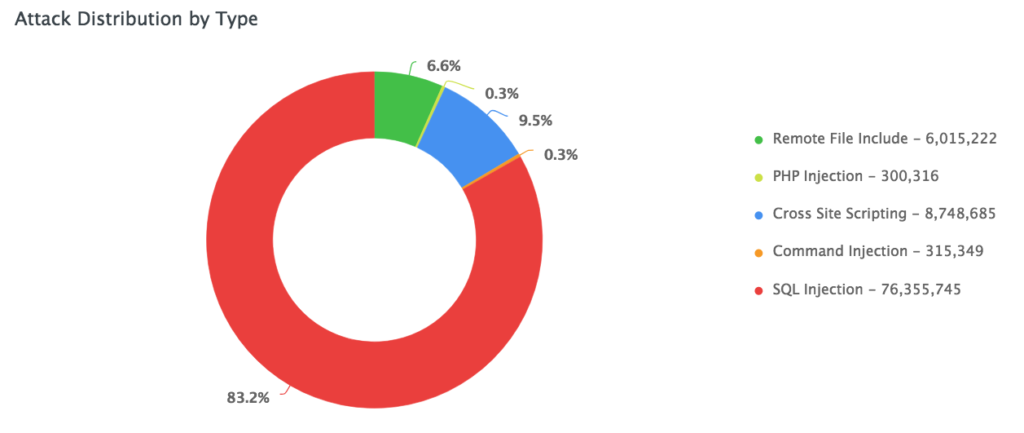
This past February, Director of National Intelligence Dan Coats bluntly told the Senate Select Committee that “the United States is under attack — under attack by entities that are using cyber to penetrate virtually every major action that takes place in the United States.” Coats called Russia, China, Iran and North Korea the greatest cyber threats.
Akamai has a big role to play in the fight against cyber attacks. Its products are now used by all the top antivirus companies and by all branches of the U.S. military.
“Security is now our fastest growing business. It’s almost a quarter of our [$2.5 billion] revenue. And that’s protecting the site, the app, the data, from all the folks looking to do harm out there,” explains Leighton. “You have nation-states that want to do something at the national scale, maybe damage infrastructure, maybe impact the outcome of an election, maybe influence opinion.”
Just as urgent and critical, according to Leighton, is the threat to businesses and individuals. “Criminals want to make money and there’s a lot of ways they go about doing that. Organized crime is taking over accounts, stealing money in accounts, stealing data about individuals that they can sell later for further exploits on those individuals. These are big, powerful, well-funded entities looking to perpetrate.”
“A huge part of our company investment is in creating products to protect our customers, and also to protect Akamai. Because we protect most of the entities that matter out there, that means we’ve got to worry about protecting ourselves as well,” Leighton tells me.
Part of that investment is also in the more than 7,600 people who make up the Akamai workforce. “We go after the very top, most capable people, so it’s always competitive because every company is trying to hire those same people. But we are fortunate that we do manage to attract and recruit a large fraction of people that we want to hire. The things we’re doing, the people we have, is a great attractor of like talent.”
As Leighton says, the field of cybersecurity is evolving quickly, “and so, it goes back to training and retraining to help people get up to speed” on all tech industry changes. Akamai offers all its current employees both structured training through videos and archived information, and informal training through peer mentoring.
There’s also Akamai Technical Academy, which recruits non-traditional candidates with diverse backgrounds for a six-month, full-time paid training program. “We take people that don’t have technical backgrounds, per se, and train them so they can take a technical job at Akamai.”
Leighton tells me they are looking for smart, capable people who demonstrate “a real desire to learn and to enter a technical field, a willingness to work hard to do it, a desire to work as part of a team. And that will result in the best success in completing the program and entering Akamai as part of the technical workforce.”
RELATED STORY: No experience required: Akamai builds a new digital workforce
The training doesn’t stop there. Once again, mentoring plays an important part in continuing their tech education. “When people come in, they may get associated with somebody who will help them learn how Akamai works, what we’re doing, our approaches to solving problems.”
Akamai encourages minorities, women and veterans to apply to its Technical Academy. Creating a diverse workforce at the company and within the industry is important to Akamai. Leighton believes that it is important to encourage more women to enter the tech field.
“It’s a tough nut to crack here. We do a bunch of stuff that tries to support girls and math education, tries to help them understand that it’s okay to do math. I actually lived through this with my own daughter, who’s very talented in mathematics and felt the pressure that happens in middle school for girls in particular not to be part of the math team or to excel in mathematics, the social pressures. That’s a hard thing to deal with, but it would help us if we could,” says Leighton.
The demand for cybersecurity talent is expected to grow dramatically as cybercriminals continue their sophisticated assault on businesses, infrastructure, and individuals. “Having a plentiful pool of skilled workers is very important for the economy, and the country, and to companies. A lot of companies do struggle to get the talent they need. It’s so obviously an important challenge.”
Leighton believes that getting kids interested in math and science early is key to developing a pipeline of much-needed skilled workers. “I think it starts early with STEM education in K-12. I think we need a comprehensive approach with how we think about STEM education and diversity in STEM from the earliest stages through retraining in later life.”
Join the Conversation: Share your thoughts about the fight against cybercrime on our Facebook page.

